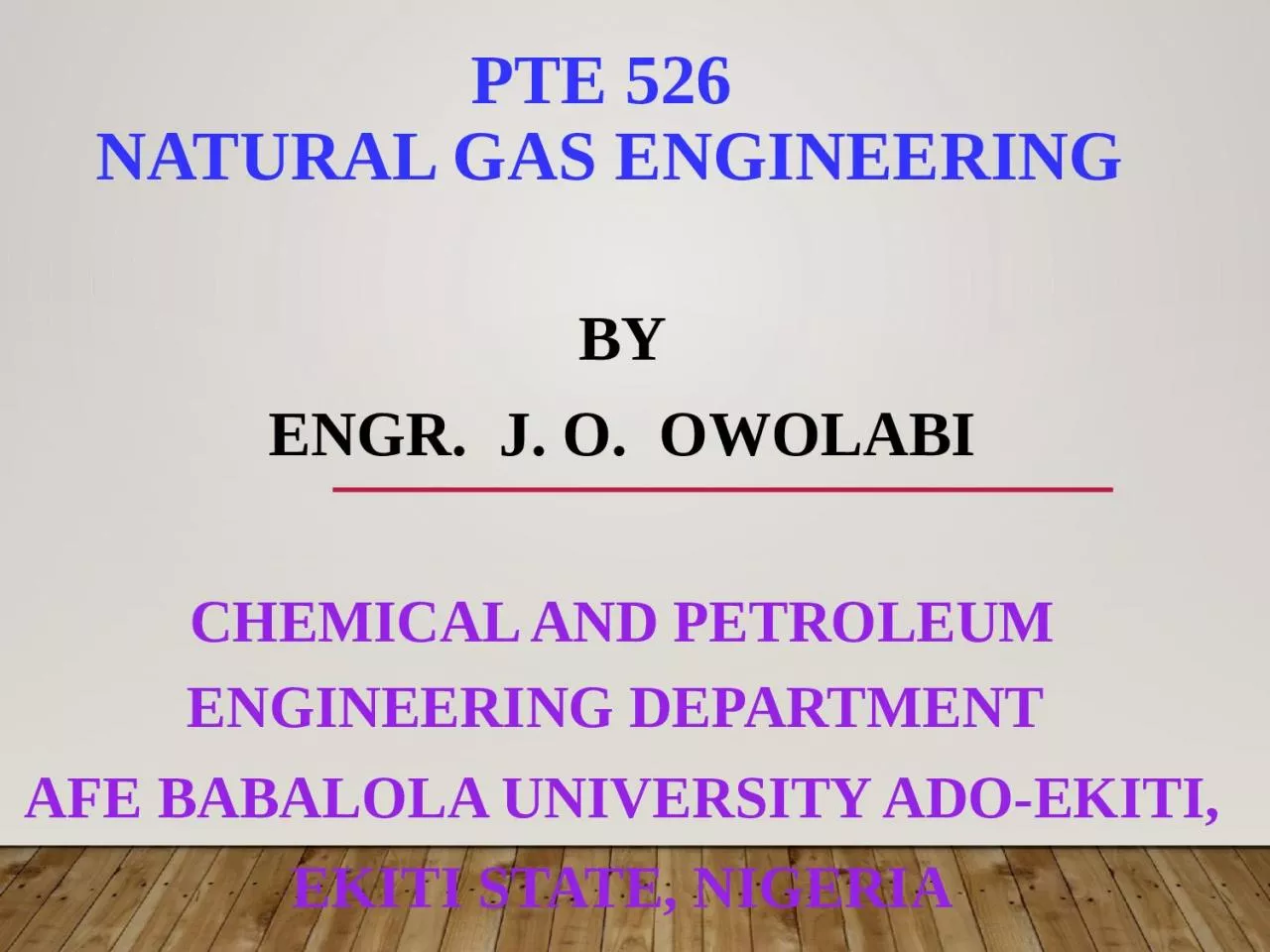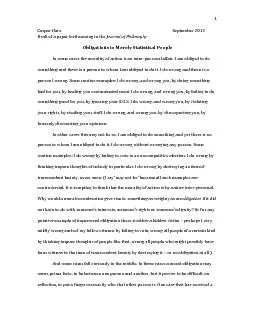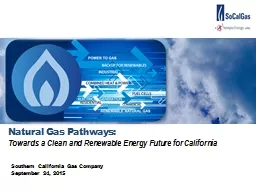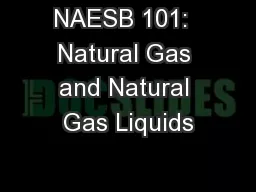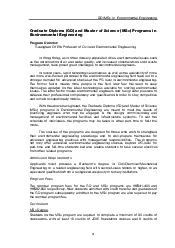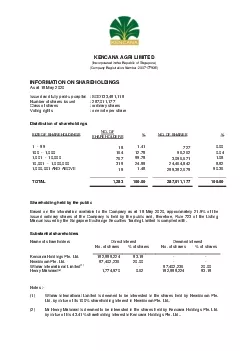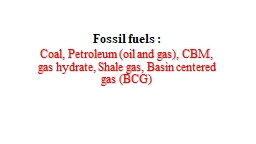PPT-PTE 526 NATURAL GAS ENGINEERING
Author : molly | Published Date : 2023-10-26
BY ENGR J O OWOLABI CHEMICAL AND PETROLEUM ENGINEERING DEPARTMENT AFE BABALOLA UNIVERSITY ADOEKITI EKITI STATE NIGERIA LEARNING MATERIALS 1 Natural Gas Production
Presentation Embed Code
Download Presentation
Download Presentation The PPT/PDF document "PTE 526 NATURAL GAS ENGINEERING" is the property of its rightful owner. Permission is granted to download and print the materials on this website for personal, non-commercial use only, and to display it on your personal computer provided you do not modify the materials and that you retain all copyright notices contained in the materials. By downloading content from our website, you accept the terms of this agreement.
PTE 526 NATURAL GAS ENGINEERING: Transcript
Download Rules Of Document
"PTE 526 NATURAL GAS ENGINEERING"The content belongs to its owner. You may download and print it for personal use, without modification, and keep all copyright notices. By downloading, you agree to these terms.
Related Documents

